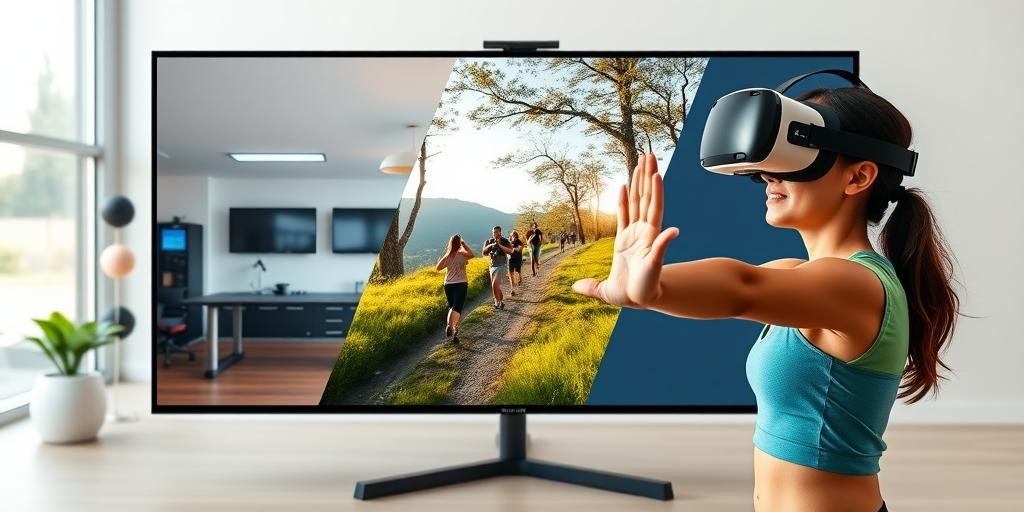The Future of Fitness: At-Home, Outdoors, and Virtual (2025)
The fitness landscape is rapidly evolving, driven by technological advancements and shifting consumer preferences. As we look ahead to 2025, three key trends are set to dominate: at-home fitness, outdoor workouts, and virtual fitness experiences. This article provides an informative overview of these trends and what you can expect in the near future.
At-Home Fitness: Convenience and Customization
At-home fitness has seen a significant surge in popularity, and this trend is expected to continue growing. Several factors contribute to this:
- Convenience: Working out at home eliminates travel time and allows individuals to exercise on their own schedule.
- Cost-Effectiveness: While initial investments in equipment may be required, at-home fitness can be more affordable than gym memberships in the long run.
- Customization: Individuals can tailor their workout routines to meet specific goals and preferences, using a variety of online resources and apps.
By 2025, expect to see even more sophisticated at-home fitness solutions, including advanced smart equipment, personalized training programs driven by AI, and immersive virtual reality fitness experiences.
Outdoor Workouts: Embracing Nature and Community
Outdoor fitness is also experiencing a resurgence. People are increasingly drawn to the physical and mental health benefits of exercising in natural environments. Key trends include:
- Group Fitness Classes: Outdoor boot camps, yoga sessions, and running clubs provide opportunities for social interaction and motivation.
- Adventure Fitness: Activities like hiking, trail running, and rock climbing offer challenging and rewarding workouts.
- Accessible Infrastructure: Cities and communities are investing in outdoor fitness equipment and trails to promote active lifestyles.
In the coming years, outdoor fitness will likely become even more integrated into urban planning, with more parks and green spaces designed to support active recreation. Additionally, technology will play a role, with apps and wearables providing real-time data and guidance for outdoor workouts.
Virtual Fitness: Immersive and Interactive Experiences
Virtual fitness is revolutionizing the way people exercise, offering immersive and interactive experiences that can be enjoyed from anywhere. Key features include:
- Live Streaming Classes: Real-time instruction from certified trainers, creating a sense of community and accountability.
- On-Demand Workouts: A vast library of pre-recorded workouts that can be accessed anytime, catering to different fitness levels and interests.
- Gamification: Incorporating game-like elements to make workouts more engaging and fun.
As technology advances, virtual fitness will become even more realistic and personalized. Expect to see augmented reality (AR) workouts that overlay digital information onto the real world, as well as personalized fitness plans based on biometric data and AI-driven insights.
Conclusion
The future of fitness is diverse and dynamic, with at-home, outdoor, and virtual options all playing significant roles. By embracing these trends, individuals can find innovative and effective ways to achieve their fitness goals and improve their overall well-being. As we move closer to 2025, these trends will continue to evolve, offering even more exciting possibilities for the fitness industry and its participants.
